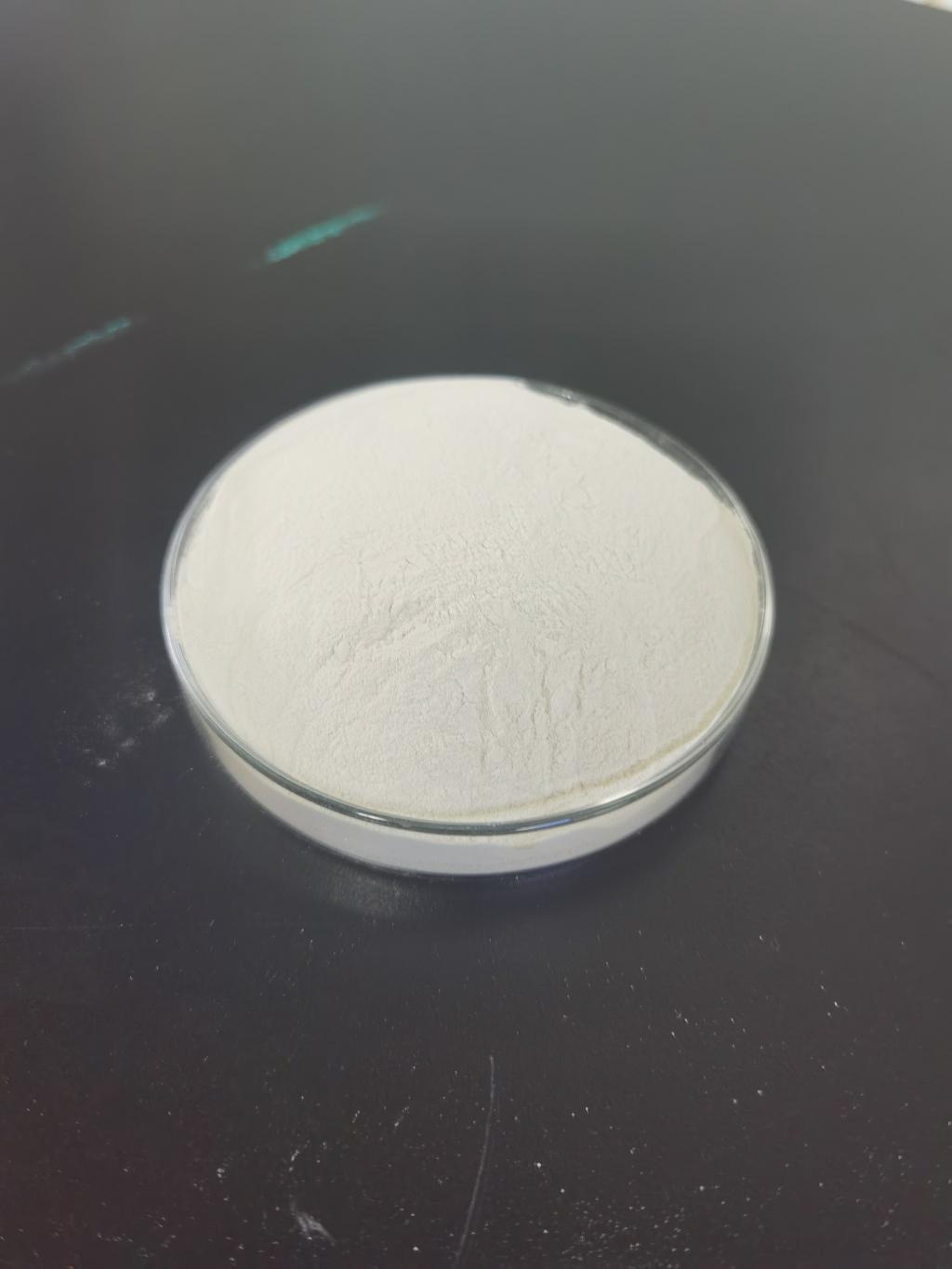Tel:0086 18231198596

News
Nisin's Role in Mitigating Risks Associated with Foodborne Pathogens
TIME:2024-02-02
Introduction:
Foodborne pathogens, including bacteria such as Salmonella, Escherichia coli, Listeria, and others, continue to be a major concern in the global food industry. The emergence of antibiotic-resistant strains and the complexity of modern supply chains have heightened the challenges in ensuring food safety. Nisin, a naturally occurring antimicrobial peptide, has shown promise in addressing these challenges by providing an alternative means to combat foodborne pathogens.
The Mechanism of Action of Nisin:
Nisin's efficacy in mitigating the risks associated with foodborne pathogens lies in its unique mechanism of action. Produced by certain strains of lactic acid bacteria, nisin acts by disrupting the cell membrane of susceptible bacteria. This disruption leads to the leakage of intracellular components, causing cell death. Unlike traditional antibiotics, the likelihood of bacteria developing resistance to nisin is low due to its specific mode of action.
Broad-Spectrum Antimicrobial Activity:
One of the key attributes that make nisin a powerful tool against foodborne pathogens is its broad-spectrum antimicrobial activity. It is effective against a wide range of Gram-positive bacteria, including several pathogenic species. Notably, Listeria monocytogenes, a notorious foodborne pathogen, is particularly susceptible to nisin. This versatility positions nisin as a valuable resource in enhancing the safety of various food products.
Applications of Nisin in Food:
Nisin's applications in the food industry extend beyond its role as a food preservative. It is employed in diverse food products, including dairy, meat, poultry, and processed foods. The incorporation of nisin serves multiple purposes, such as preventing spoilage, extending shelf life, and, most importantly, inhibiting the growth of harmful pathogens. This makes nisin a versatile and practical solution for mitigating the risks associated with foodborne pathogens in various food categories.
Regulatory Considerations:
The regulatory approval of nisin varies across jurisdictions, with many countries recognizing it as safe for use in specified quantities. However, achieving harmonization in regulatory standards is crucial to facilitate its widespread adoption and promote consistency in global food safety measures. Addressing regulatory considerations ensures that nisin can be effectively utilized as part of a comprehensive strategy to mitigate the risks posed by foodborne pathogens.
Complementary Strategies with Nisin:
Incorporating nisin into food safety strategies can be complemented by other interventions. For instance, good manufacturing practices (GMP), hazard analysis and critical control points (HACCP), and proper hygiene practices play integral roles in preventing and controlling foodborne pathogens. The integration of nisin with these existing strategies enhances the overall effectiveness of food safety protocols.
Challenges and Limitations:
While nisin presents a promising avenue for mitigating the risks associated with foodborne pathogens, it is essential to acknowledge certain challenges and limitations. These may include variations in regulatory approval, potential allergenicity concerns, and the need for further research to optimize its applications in specific food matrices. Identifying and addressing these challenges are imperative for realizing the full potential of nisin in food safety.
Future Prospects and Research Directions:
The future prospects of nisin in mitigating risks associated with foodborne pathogens are exciting. Ongoing research aims to explore novel applications, optimize production processes, and investigate potential synergies with other natural antimicrobials. Additionally, research into the development of new formulations and delivery systems can further enhance the practicality and effectiveness of nisin in diverse food products.
Conclusion:
In conclusion, nisin emerges as a valuable ally in mitigating the risks associated with foodborne pathogens. Its unique mechanism of action, broad-spectrum antimicrobial activity, and diverse applications in the food industry position it as a promising natural antimicrobial agent. By integrating nisin into food safety strategies, we can enhance the overall safety and security of the global food supply. Addressing regulatory considerations, overcoming challenges, and fostering ongoing research are essential steps in harnessing the full potential of nisin for a safer and more resilient food supply chain.

 CONTACT
CONTACT




